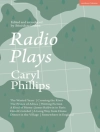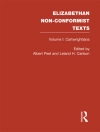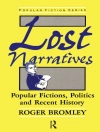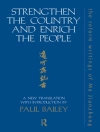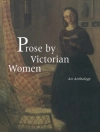Samuel Taylor Coleridge’s ‚Biographia Literaria‘ stands as a seminal text in the realm of literary criticism, intertwining autobiography with critical analysis. Written in a hybrid style that melds philosophical discourse with poetic reflection, Coleridge explores the nature of poetry, the creative process, and the qualities that define literary genius. This work is often viewed within the context of the Romantic era, as it delves deeply into the relationship between the individual poet and the wider world, grappling with themes of imagination, inspiration, and the ethical responsibilities of the writer. Coleridge, a pivotal figure in the Romantic movement alongside contemporaries like Wordsworth, was influenced by his own tumultuous experiences—ranging from his struggles with addiction to his philosophical inquiries into the human condition. His dual pursuits of philosophy and poetry informed his belief in the necessity of imagination as a bridging force between reality and transcendence. ‚Biographia Literaria‘ thus emerges not only as a reflection of Coleridge’s insights into literature but also as a window into his own artistic soul. For scholars, students, and enthusiasts of literature, ‚Biographia Literaria‘ is essential reading, offering profound insights into both the creative psyche and the nature of art itself. Coleridge’s work invites readers to reconsider their perceptions of poetry and art while providing a philosophical underpinning that continues to resonate in contemporary literary discussions.
Über den Autor
Samuel Taylor Coleridge (1772-1834) stands as a pivotal figure in English literature, an eminent poet, critic, and philosopher of the Romantic era. Coleridge’s contributions to poetry are marked by his technical mastery and depth of thought, exemplified in works such as ‚The Rime of the Ancient Mariner‘ and ‚Kubla Khan.‘ His collaboration with William Wordsworth on the ‚Lyrical Ballads‘ significantly heralded the advent of Romanticism in English literature. Coleridge’s intellectual pursuits transcended poetry; his ‚Biographia Literaria‘ is a seminal work that integrates literary criticism with personal reflection, offering profound insights into the nature and function of poetry, as well as a philosophical account of his poetic principles. It also outlines his theory of imagination, which distinguishes between primary and secondary imagination and the mere ‚fancy’—a formulation that has deeply influenced later criticism and theory. Often characterized by an opulent lexicon and intricate syntax, Coleridge’s prose investigates complex metaphysical concepts while maintaining an exceptional stylistic clarity. Despite personal struggles, including ill health and opium addiction, Coleridge’s legacy as a thinker and artist endures, cementing his role as an intellectual beacon of the 19th century and a continuing subject of scholarly interest. His works remain essential readings for understanding the Romantic movement and its enduring impact on English literature.


